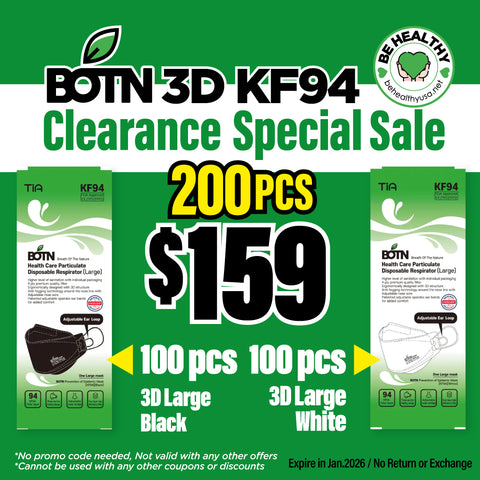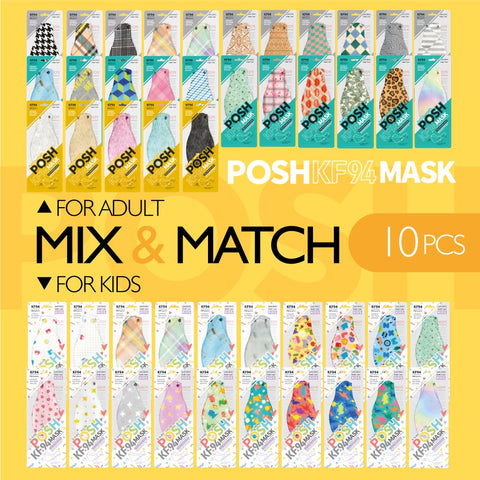Unseasonal Surge: Influenza Cases Are Rising Sharply Across the U.S.

In recent weeks, public health officials have reported a notable and early surge in influenza activity across multiple U.S. regions. This uptick is being driven by a combination of increased travel, indoor social gatherings during extreme weather, and lower vaccination rates compared to previous years. Health experts warn that this season’s flu is already straining school attendance, with some districts seeing student absences spike due to fever, cough, and flu-like symptoms. Workplaces and community centers are also reporting increased disruptions, as entire households fall ill simultaneously.
What makes this resurgence even more concerning is its timing: it’s unfolding alongside the spread of NB.1.8.1, a highly transmissible COVID subvariant currently circulating widely in the U.S., including California. The convergence of flu and COVID cases is raising the risk of co-infection, overwhelmed health systems, and increased vulnerability, especially among children, the elderly, and those with underlying health conditions. With both viruses spreading efficiently through indoor air, precautionary measures have become more urgent than ever.
Wildfires—An Unexpected Fuel for Flu
While wildfires are primarily known for their respiratory and cardiovascular harms, recent studies indicate they may also indirectly increase flu risk by changing human behavior:
- Indoor crowding increases: Poor air quality from smoke—especially from record-breaking wildfires in the West—drives people indoors, where viruses like flu spread more efficiently. “When air quality is bad, people may be more inclined to socialize indoors,” potentially hiking infection rates usnews.com.
- Particulate pollution worsens lung resilience: Chronic exposure to wildfire PM₂.₅ is associated with more severe respiratory infections, including influenza, in the months that follow .
- Indoor smoke infiltration: One study found that wildfire smoke infiltrates homes and indoor spaces worldwide—including the U.S.—and noted that air purifier use can significantly reduce this indoor pollution theguardian.com.
In short: wildfires don’t just harm your lungs directly—they also create conditions that help flu—and other viruses—spread more easily.
Why You Should Take Extra Precautions This Season
- Combine higher flu exposure risk with indoor gatherings due to smoke.
- Consider that flu viruses can mimic more serious respiratory illnesses.
- Act before rates climb further. Prevention matters more now than ever.
To reduce your risk:
- Use high-quality masks indoors and in shared settings.
- Use HEPA air purifiers at home to clean indoor air.
- Practice standard flu prevention: vaccination, hand hygiene, and staying home when sick.
Recommended Protection from BeHealthy
1. KF94 Masks
KF94 masks are highly effective against the flu because they are specifically designed to filter out airborne particles—including viruses like influenza—at a high rate. Here's why:
High Filtration Efficiency (≥94%)
KF94 stands for Korean Filter, 94%—meaning it filters out at least 94% of particles as small as 0.4 microns, which includes the aerosol-sized particles that carry flu viruses. Influenza viruses typically spread via droplets and aerosols in the 0.5–5 micron range. KF94 masks are certified by the Korean Ministry of Food and Drug Safety, ensuring strict quality standards similar to N95s.
Snug, Ergonomic Fit
A mask is only as good as its seal. KF94 masks are designed with:
- Adjustable nose wires
- Contoured 3D/2D folding shapes
- Secure ear loops or head straps
These features reduce air leaks and ensure that inhaled air passes through the filter, not around the sides—improving real-world protection.
Comfort for Extended Wear
Unlike many tight-sealing masks, KF94s are:
- Lightweight and breathable
- Comfortable for daily use in schools, public transport, workspaces, and clinics
- Individually wrapped, making them easy to carry and share when needed
Because of their balance of protection and comfort, people are more likely to wear them consistently, which is key during flu season.
KF94 masks offer the same type of protection healthcare professionals rely on—but with the comfort and style that make them ideal for everyday use. Especially during overlapping surges of flu and COVID, they’re a smart, evidence-based choice.
2. High-Performance (HEPA) Air Purifiers
HEPA air filters are strongly recommended during flu outbreaks—including the current rise in U.S. cases—because they help reduce the concentration of virus-laden particles in indoor air. Here’s why they’re effective:
Flu Spreads Through the Air
Influenza primarily spreads through:
- Large respiratory droplets (from coughing, sneezing, talking)
- Smaller aerosol particles, which can remain suspended in the air and travel across indoor spaces
When people gather indoors—especially in schools, offices, or homes with poor ventilation—the risk of airborne flu transmission increases significantly.
HEPA Filters Remove Airborne Virus Particles
HEPA (High-Efficiency Particulate Air) filters are designed to capture 99.97% of airborne particles.
While influenza viruses themselves are about 0.1 microns in size, they typically travel on larger droplets or aerosols, which HEPA filters effectively trap.
They Reduce Indoor Viral Load
By continuously cycling air through a HEPA filter, air purifiers:
- Reduce viral particle concentration in the room
- Lower the chances of inhaling enough virus to get sick (infectious dose)
- Protect household members or coworkers, especially when someone is mildly symptomatic or pre-symptomatic
This is especially useful in shared spaces like:
- Classrooms
- Daycares
- Nursing homes
- Offices
- Living rooms and bedrooms
They Help When Windows Can’t Be Opened
During wildfire season, extreme weather, or high-pollution days, it’s not always safe to open windows for ventilation. HEPA purifiers offer a safe, indoor alternative to improve air circulation without bringing in contaminated outdoor air.
Recommended HEPA air purifiers from BeHealthy:
- PuroAir 240 HEPA: Effective for rooms up to 1,000 sq ft with multi-stage filtration.
- Roger & Roger Big: Smart control options for larger spaces, real-time air monitoring.
- KOIOS H13 HEPA: Affordable, whisper-quiet purifier suited for small rooms and bedrooms.
These tools, available at BeHealthyUSA.net, deliver both prevention and comfort during what is shaping up to be a troubling flu season.
Final Takeaway
With influenza cases rising and wildfire smoke pushing people into shared indoor spaces, we're facing a double respiratory threat this fall. By combining:
- KF94 masks for superior respiratory protection,
- HEPA air purifiers to clean indoor air, and
- Standard flu-avoidance steps (vaccination, hygiene),
you can significantly reduce your flu risk and breathe easier—even with smoke and viruses in the air.
Stay proactive. Visit BeHealthyUSA.net today to stock up on reliable masks and purifiers before flu cases and indoor smoke levels peak.















